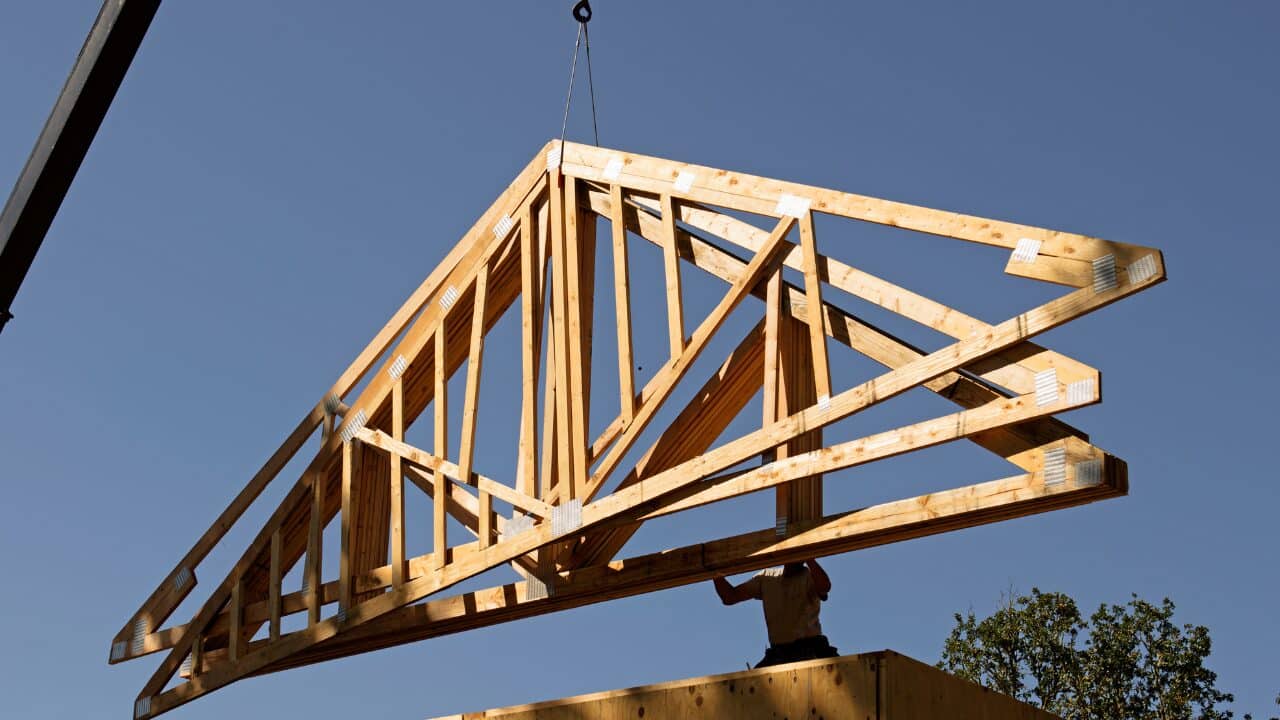Roofing is one of the most essential elements of a construction project, safeguarding homes and commercial properties from external elements. However, roofing also carries its own set of inherent dangers. From the heights involved to the tools and techniques required, safety should always be paramount for those involved in the roofing industry. With the right precautions and knowledge, roofers can ensure they perform their tasks efficiently and safely.
Below are some essential safety tips every construction worker should keep in mind. As roofing experts, professionals, and enthusiasts, it is our duty to ensure the safety of everyone on site.
Table of Contents
1. Always Conduct A Site Assessment
Before you even set foot on a roof, it’s crucial to conduct a thorough site assessment. This helps in identifying potential hazards, understanding the layout, and ensuring that all safety measures are in place. Roofers like Pinpoint Innovations often emphasize the importance of this initial step, as it sets the stage for all subsequent safety precautions.
Key things to consider during a site assessment include:
- Roof Condition: Check for weak points, rotting areas, or wet spots that might pose a slipping hazard.
- Weather Conditions: Roofing under windy, rainy, or other adverse weather conditions can increase the risk of accidents.
- Surrounding Area: Look for power lines, tree limbs, and other obstructions.
2. Use Proper Equipment
Whether you are working on fascia on house or any other roofing element, be mindful that proper equipment is the backbone of roofing safety. The right tools not only make the job easier but also safer. A few equipment essentials include:
- Safety Harness: This is vital for preventing falls. Always ensure that harnesses are securely fastened and anchored.
- Roofing Shoes: Specialized footwear provides better grip and prevents slips.
- Hard Hats: Protect your head from falling objects.
- Safety Glasses: They shield your eyes from debris, dust, and other potential hazards.
- Ladders: Always use a sturdy and well-positioned ladder, and ensure it extends at least three feet above the roof’s edge.
3. Ensure Proper Training
Training is not just about learning how to install or repair a roof. It’s also about understanding the risks involved and how to mitigate them. Workers should be trained in:
- First Aid: Basic first aid skills can be a lifesaver.
- Tool Usage: Every tool has its own set of precautions. Ensure you know how to use each tool safely and properly.
- Rescue Techniques: In the event of an accident, having a few workers trained in rescue techniques can be invaluable.
4. Stay Organized
A cluttered workspace is a hazard waiting to happen. Loose tools, debris, and other materials can cause trips and other accidents. Keeping your workspace clean and organized will not only make you more efficient but also safer. At the end of each workday, always clean up and ensure everything is stored correctly.
5. Understand The Roof’s Pitch
The steeper the roof, the more dangerous it can be. It’s crucial to understand the pitch (slope) of the roof and take appropriate precautions. For very steep roofs, roof jacks and planks can be used to create a stable working platform. Remember, the steeper the roof, the more safety equipment you’ll likely need.
6. Maintain Communication
Always work in teams and maintain constant communication. If there’s a hazard, ensure everyone is aware. If someone is in distress, quick communication can make all the difference. Walkie-talkies, hand signals, or just shouting out warnings can be beneficial.
7. Take Regular Breaks
Roofing is physically demanding. It’s crucial to listen to your body and take breaks when needed. Overexerting can lead to fatigue, which can reduce your awareness and increase the risk of accidents. Regular short breaks can help you stay fresh and alert.
Conclusion
Roofing is an essential aspect of construction, offering protection to structures and enhancing aesthetic appeal. However, it comes with its own set of challenges and risks. By adhering to the tips mentioned above, roofers can ensure their safety, the safety of their coworkers, and the successful completion of their projects.
Remember, roofing safety is not just about tools and equipment. It’s a mindset. By being proactive, staying informed, and looking out for one another, construction workers can ensure that every project is a step towards a safer and more efficient roofing industry.





